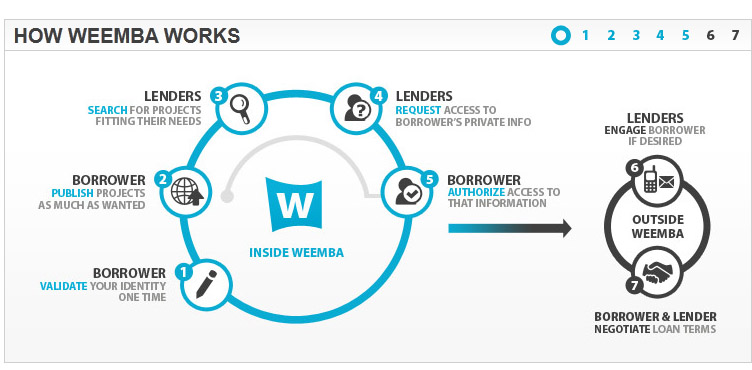Another three months have passed which means it’s time for another update on my Lending Club account. If you’ve been following my LC updates, you know what this is all about. If not, you can catch up by starting with the Calculating a Real Rate of Return on Lending Club post, followed by the first Lending Club Return Update and then Lending Club 1Q2012 Update. If you’re interested in opening your own Lending Club Account, you can do so here.
Now that we’re all on the same page, let’s take a look at what happened this last quarter.
First Lending Club Delinquency
The biggest thing, I think, to note for this update is that I finally had my first (and second) delinquencies on loans. The first, I sold. I was lucky enough to be able to sell it for break-even on the remaining principle. I lose out on the interest that it would have paid through to maturity, but if it went into collections, I likely would have lost more than that. I should have paid a bit more attention, but I believe the first was a C grade loan. The second, which just went into late status at the end of June, is a D grade loan. I’m holding on to this one. My reasoning behind holding on to it is three-fold. First, and more importantly, is that the loan is showing as late, but it is also showing that the borrower has entered into a payment plan. While that isn’t ideal, it does show a desire to pay it in full and avoid the collections process. I’m giving the borrower the benefit of the doubt that they’ll be able to pay the loan off. Second, the remaining balance on the loan, including interest, is $6.06. If I lose that, it won’t break my portfolio, or my rate of return to any significant degree. Third, and finally, I’m keeping it as a part of the experiment. I’m curious to see how the process works, and how it will end up. How it does end up will likely help me make decisions on what to do with any further late loans in the future.
Lending Club Returns Remain Above 13%
After it’s all said and done, the one late loan in the bunch could end up dropping the rate below 13%, but it hasn’t been written off yet. If, however, it remains in a late, but paid, status, my rate is doing pretty well. As of 7/4, my account is showing a NAR (Net Annualized Return) of 13.58%.
“My Net Annualized Return is at 13.58% on @lendingclub – @BeatingBroke” <– Click to Tweet This
I’m still amazed by that rate of return. Yes, I do realize that I’m likely having some luck so far. Another factor might include the size of my portfolio. It’s climbing, but it’s just barely over $500 total. As the portfolio size grows, the likelihood of a written off loan grows with it. The flip side of that, of course, is that the larger the portfolio gets, the more diversified I’ll be, and the less one written off loan will affect my rate. One nice part of the size of the portfolio is that it’s nearing a self-sustainability mark. Currently, the total monthly payments coming in is $23.67. With that coming in each month, I could easily stop contributing to the account, and merely use the payments as the renewing funds for investment. I don’t plan on doing that, but I certainly could.

Adjusted Lending Club Risk Ratios
Previously, I spoke about having adjusted the loans I was buying to be almost all C and D grade loans. While I am not abandoning that idea, I’m adjusting it slightly to try and keep it slightly more balanced. What I don’t want to happen is to find myself with ALL D grade loans. The lower grade loans, while paying less in interest, are a lower risk. I’m now trying to keep the portfolio to a pretty nice bell curve that centers somewhere between C and D. One thing to keep in mind here is that it’s somewhat hard to find the A and B grade loans that have any return at all when you have to purchase the loans through the FolioFN trading platform, which tends to push the curve towards the D side anyways.
That’s it for this quarter’s update. With a little luck, and some shrewd investing, I hope that next quarter’s update will be just as good!
Want to open your Lending Club account? Click here.
Do these updates add any value for you? What would you like to see change in them? What do you like? And, what has your experience been like with Lending Club?

I started this blog to share what I know and what I was learning about personal finance. Along the way I’ve met and found many blogging friends. Please feel free to connect with me on the Beating Broke accounts: Twitter and Facebook.
You can also connect with me personally at Novelnaut, Thatedeguy, Shane Ede, and my personal Twitter.


